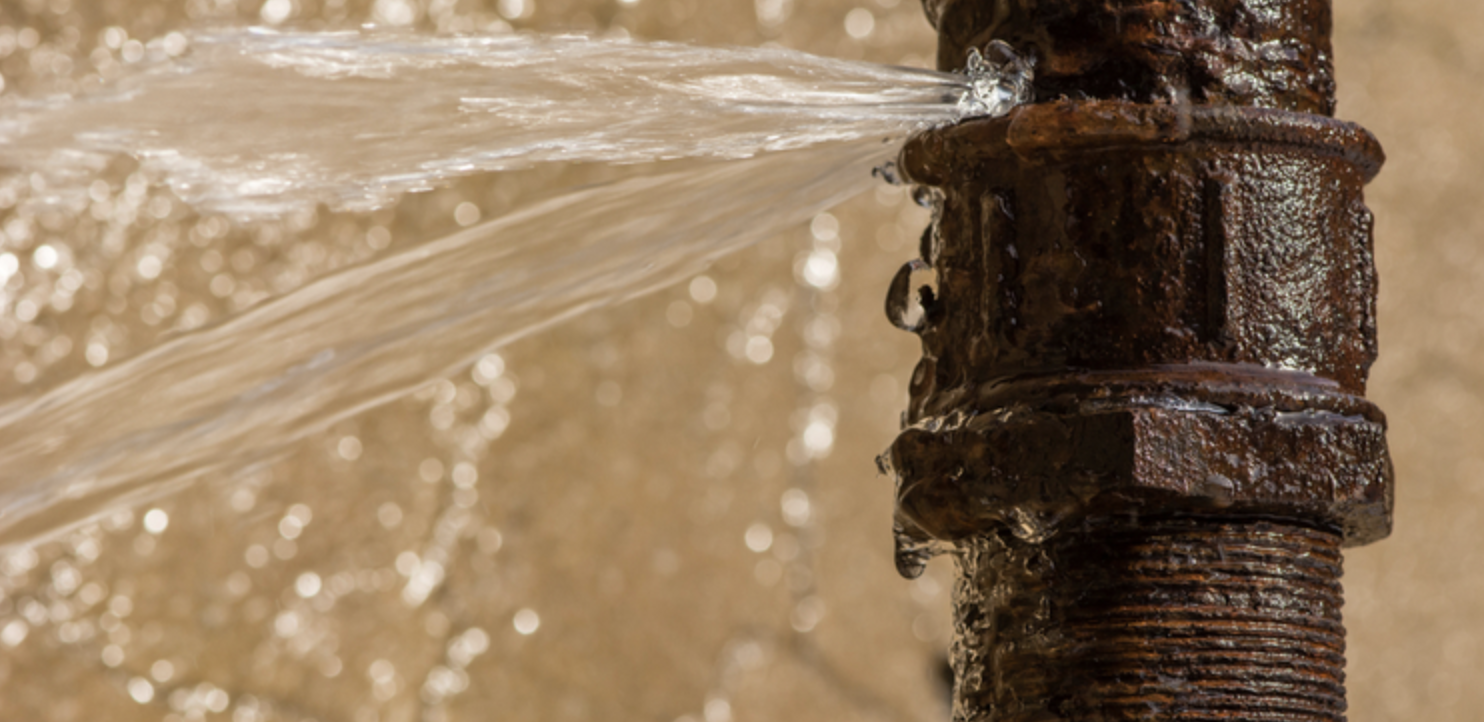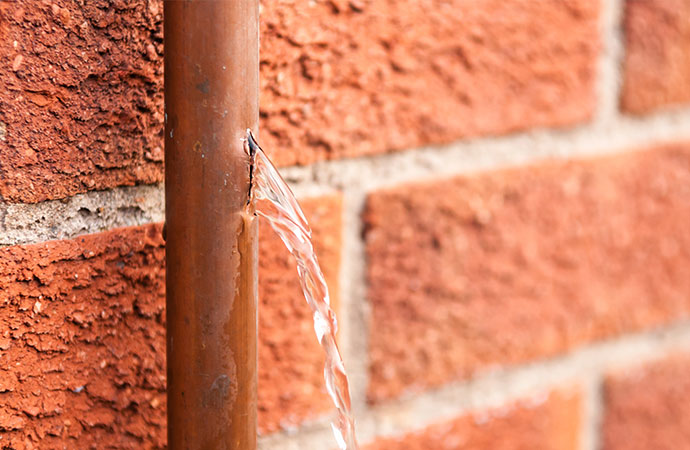Spotting and Quickly Fixing a Broken Pipe: A DIY Approach
Spotting and Quickly Fixing a Broken Pipe: A DIY Approach
Blog Article
They are making a few great annotation related to How to Install and Connect a New Dishwasher in general in the content down below.

A burst pipe is a significant emergency; you can only stand as you watch water you pay a lot to rejoin with the planet. In even worse cases, you observe a pool on your kitchen flooring, which is a wonderful journey risk, especially if you have children around. If the pipeline that burst remained in your walls, bad news: you may require to repaint that whole section.
Just how can a catastrophe like a burst pipe be avoided and also managed? Well, by listening to your professional emergency plumbings and also following these regulations.
How do I understand when my pipelines have ruptured?
Rising and fall water pressures
Pipes do not just burst in a day. You may have discovered that your kitchen area faucet or shower doesn't run promptly when you transform the faucet. It might stop for a few seconds and after that blast you with more force than usual.
In various other circumstances, the water may appear typical in the beginning, after that drop in pressure after a few seconds.
Wet walls and water spots
Before a pipeline bursts, it will certainly leak, the majority of times. If this relentless leaking goes undetected, the leakage might finish into a large gash in your pipeline. One easy method to avoid this emergency is to keep an eye out for wet wall surfaces advertisement water spots. These water spots will certainly lead you right to the leakage.
Puddles under pipes and also sinks
When a pipeline ruptureds, the discharge creates a pool. It may appear that the pool is expanding in size, and despite how many times you mop the pool, in a couple of mins, there's an additional one waiting to be cleaned. Commonly, you might not have the ability to map the pool to any type of visible pipes. This is an indication to call an expert plumber.
Untraceable leaking noises
Pipe ruptureds can take place in one of the most undesirable locations, like within concrete, inside walls, or under sinks. When your home goes silent, you might be able to listen to an aggravatingly relentless trickling noise. Even after you have actually inspected your shower head and cooking area tap, the dripping might continue.
Precious reader, the dripping may be coming from a pipeline inside your wall surfaces. There isn't much you can do about that, other than tell a professional plumber.
Turn off the Water
When water ices up, it increases in quantity by regarding 9 percent. And it broadens with incredible force: The stress inside pipes might go from 40 extra pounds per square inch to 40,000 psi! No pipeline can hold that much pressure, so it breaks open. The break may take place where the ice forms, however more frequently, it takes place where water stress finds a weak spot in the pipe. That might be inches and even feet from the icy location. Find the water shutoff valve and turn off the water to stop even more damages. You could additionally require to shut down the power too, relying on where the leaks occurs and how big it is.
Infected water
Lots of people assume a ruptured pipeline is a one-way outlet. Fairly the contrary. As water drains of the hole or laceration in your plumbing system, pollutants discover their method.
Your water may be contaminated from the resource, so if you can, inspect if your water tank has any kind of troubles. However, if your drinking water is provided and purified by the local government, you must call your plumber instantly if you see or scent anything funny in your water.
What do I do when I detect a burst pipe?
Your water meter will remain to run even while your water wastes. To lessen your losses, locate the main controls as well as turn the supply off. The water pipe are an above-ground framework at the edge of your residential or commercial property.
How to Fix & Detect a Leaking Pipe
How Do I Know if a Pipe is Leaking?
Leak detection tests can help you determine if your pipe has a leak. Even if you don’t see an apparent leak, you should still conduct leak detection tests regularly to save water and money—and prevent major damage to your home.
Water meter. It can be helpful to figure out what your usual water meter usage numbers are and then monitor them regularly. To monitor your meter, first, turn off all water faucets in your home. Check the meter and write down the numbers. In a few hours, check the meter again. If the numbers have changed, you have a leak. Water gauge. Use a water gauge to test your water pressure. Your showerhead should produce a certain amount of water pressure based on its model and design. If the pressure is lower than it is supposed to be for that specific showerhead, your home likely has a leak. Puddles. Look inside your bathroom, laundry, and kitchen sink cabinets. Puddles around the cabinets or around toilets, tubs, showers, and washing machines indicate the presence of a leaking pipe. You may also notice loose tiles, peeling or flaking paint, or mold caused by water accumulation. Napkin test. Even if you don’t see any puddles, you may still have a leak. You can test for water leaks in the bathroom, laundry, and kitchen by wiping below-sink connections with a napkin, paper towel, or piece of toilet paper. If it becomes damp, you probably have a leaking pipe under the sink. Discolored walls. Walls that are discolored—usually with brown or yellow stains—or bulging might mean that they have been impacted by water damage caused by a leaking pipe. Smell. A leaky pipe will create sitting water, and over time, that water may develop a musty smell. If your home smells musty, but you can’t locate the source, it may be due to a leak. Steps for Fixing a Leaking Pipe
A leaky drain can be remedied by tightening the pipe base, replacing the drain seal, caulking the rim, and tightening the pipe nut. Similarly, a leaking toilet pipe can be treated by tightening the packing nut. You may also need to replace the valve. A leaky faucet may just need tightening or replacement of the washers. If that doesn’t work, consider replacing your faucet. If your pipe has a hole in it, you may want to use a pipe leak sealer or pipe leak tape. This quick fix for water pipe leaks can also temporarily fix a copper pipe leak. https://www.ahs.com/home-matters/quick-tips/how-to-tell-if-pipes-are-leaking/

I came across that article on How to install a dishwasher safely while doing a search on the web. Are you aware of someone else who is in to the subject? Take a moment to promote it. Bless you for your time. Visit again soon.
Best in emergency plumbing services. Report this page